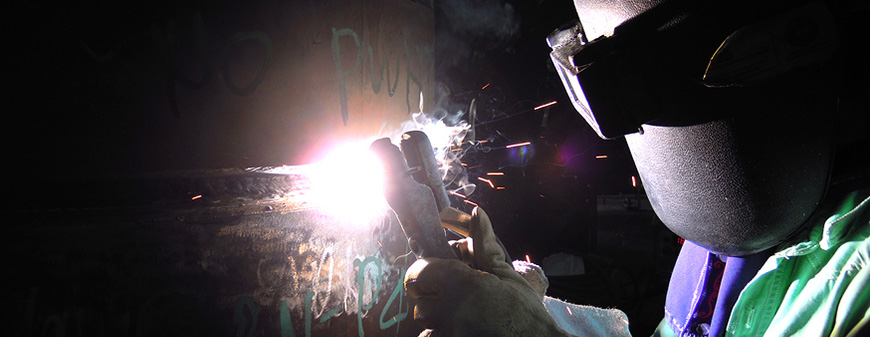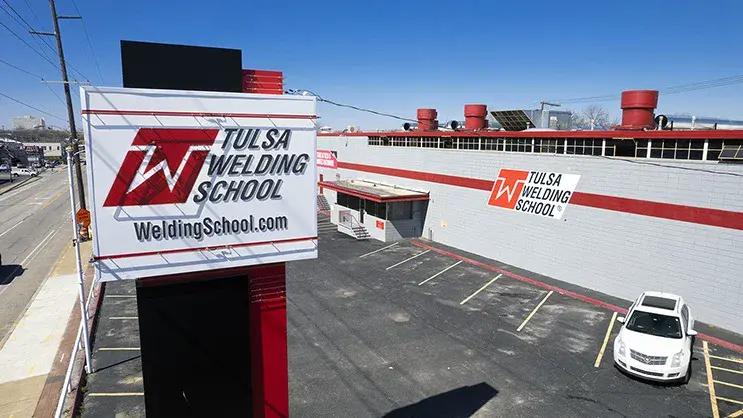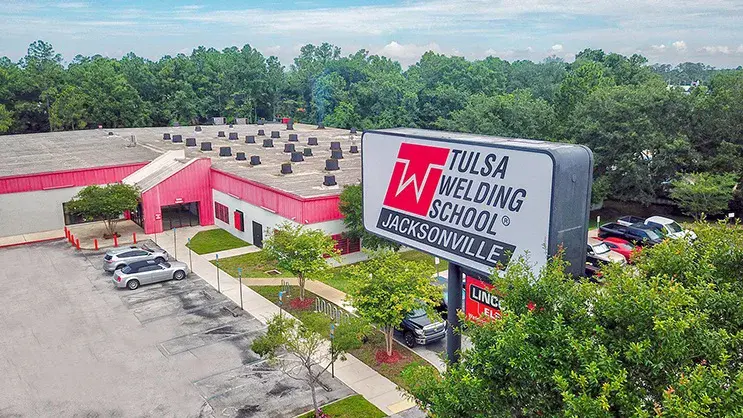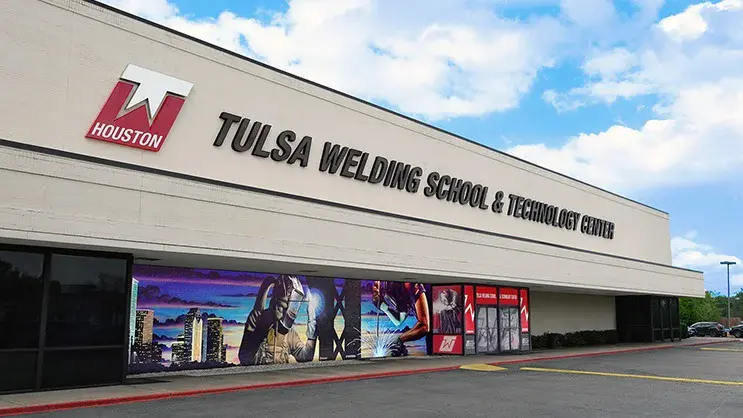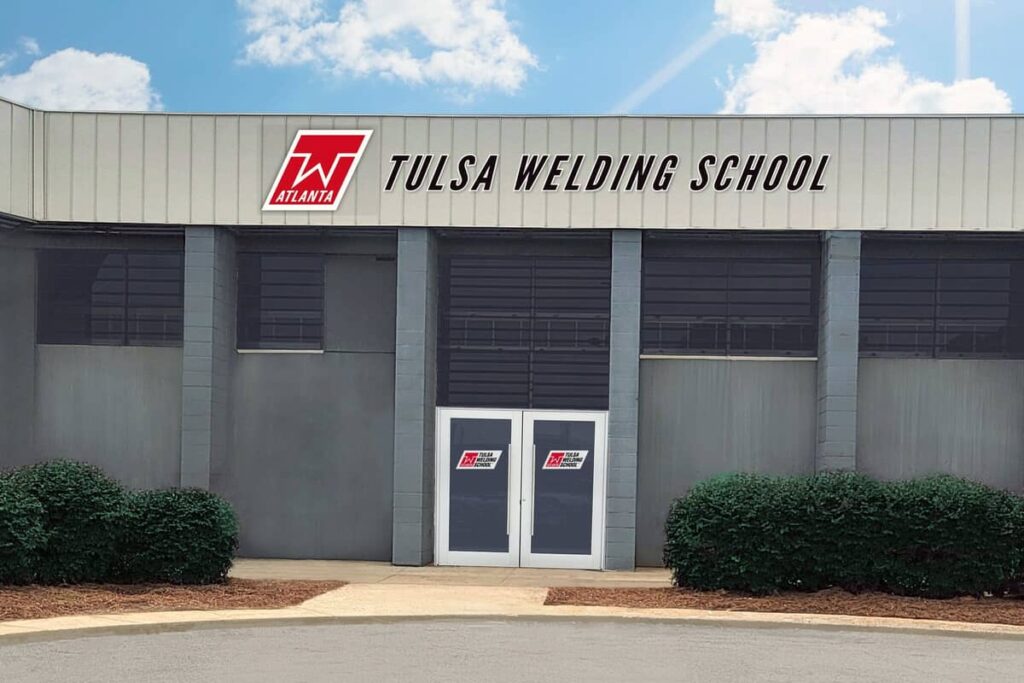TWS is a Great Training Option for Everyone
Learn more about how we can prepare you to advance your career.
Welding sticks and welding rods are not the same. They’re each used for different welding techniques. Understanding what they both are makes it easier to select the right type of tool for your project.
Welding Sticks vs. Welding Rods
Welding sticks are a subset of welding rods, specifically designed for stick welding (SMAW). Welding rods, as a broader category, encompass both consumable and non-consumable rods used across various welding processes.
What is a Welding Stick?
A welding stick, also known as a welding electrode, is used in the Shielded Metal Arc Welding (SMAW) process, commonly referred to as stick welding. A welding stick is coated with a flux material, used to create the weld by generating heat and forming a bond between two pieces of metal.
The core of a welding stick is typically made of metal, such as mild steel, stainless steel, cast iron, or specialty alloys. The metal core serves as the filler material, melting to form the weld bead.
Have You Considered a Career in the Skilled Trades?
Fill out the form to recieve a no obligation info packet.
The flux coating surrounds the metal core of the welding stick prevents oxidation of the weld pool by forming a shielding gas when heated, creates a layer of slag on the weld to protect it as it cools, ensuring a clean, strong bond, and helps stabilize the arc and enhances the welding process.
Each welding stick is classified by an American Welding Society (AWS) number that provides information about its characteristics1:
● E6010: Ideal for deep penetration and all-position welding; often used in pipelines.
● E6011: Similar to E6010 but usable with AC or DC current.
● E7018: Known for producing strong, ductile welds with a smooth appearance; used in structural welding.
● E7024: Designed for high-speed, flat-position welding with minimal spatter.
How are Welding Sticks Used?
The welding stick is loaded into the electrode holder. When the stick contacts the workpiece, an electric arc forms, generating intense heat (up to 6,000°F or 3,315°C). The heat melts the electrode core and the base metal, forming a weld pool. Then, the flux coating vaporizes, creating a shielding gas and forming slag to protect the weld. Once cooled, the slag is removed, leaving you with the final weld bead.
What is a Welding Rod?
A welding rod is a consumable or non-consumable piece of metal used in the welding process to fuse metal together. The type of welding rod you use depends on the welding method and the material being welded.
Consumable Welding Rods
Consumable welding rods melt during the welding process, acting as both an electrode and filler material. During the Shielded Metal Arc Welding (SMAW) technique the welding rod is coated with flux, which provides shielding gas and slag protection. Conversely, during the Gas Metal Arc Welding (GMAW/MIG) technique, the wire rods serve as continuous consumables,
Non-Consumable Welding Rods
Non-consumable welding rods do not melt during welding; instead, they serve as a stable electrode for creating an arc, with filler material added separately. During the Gas Tungsten Arc Welding (GTAW/TIG) technique tungsten rods act as the electrode, while filler rods (if needed) are manually fed.
Welding rods are classified by the American Welding Society (AWS) system, which includes information about the rod’s properties and usage:
● E6010: High penetration for deep welds, used in pipelines and structural work.
● E7018: Low-hydrogen rod producing strong, ductile welds, common in construction.
● ER70S-6: A MIG welding rod for steel, offering good penetration and smooth welds.
How are Welding Rods Used?
The welder will select the appropriate rod for the base material and welding process. The rod is used to strike an arc, generating heat. Consumable rods melt into the weld pool, while non-consumable rods maintain the arc. Finally, the welder allows the weld to cool and cleans any slag.
Want to Learn More?
The Professional Welder & Welding Specialist with Pipefitting programs at Tulsa Welding School starts by helping you know what it’s like to be a welder in interactive workshop courses and welding booths. You’ll be trained in structural, flux core, and pipe welding in as little as seven months. You’ll also be prepared to excel in job interviews and welding tests for various certifications.
Read about the types of welding careers you can pursue with your skills. Ready to start a Professional Welding program or Welding Specialist with Pipefitting program? Contact us today about our welding certification preparation program.
1) https://www.kingsofwelding.com/guides/welding-rod-number-meaning/
